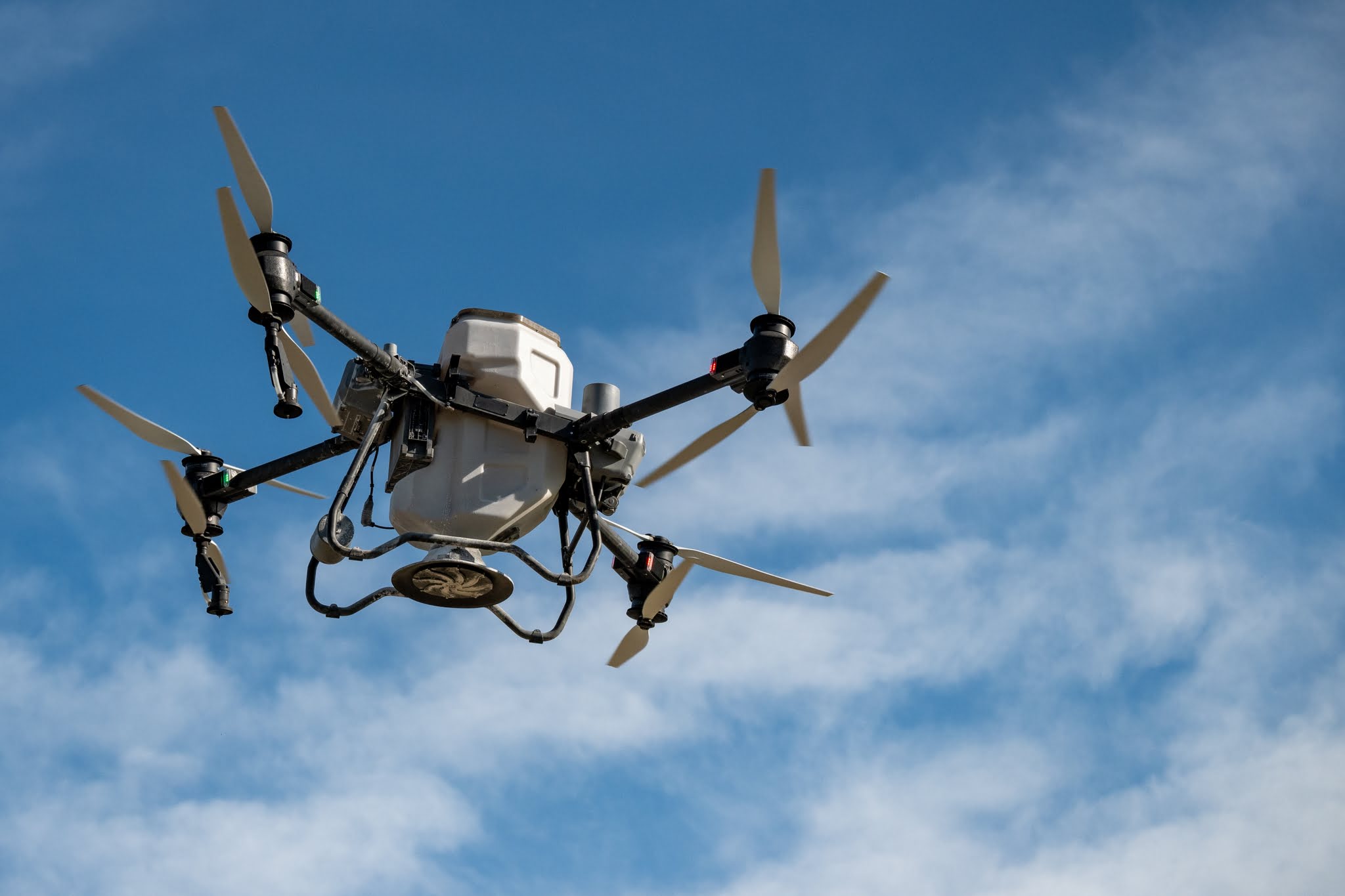What is Drone Vector Control?
Drone vector control is an innovative method for managing and reducing the population of disease-carrying vectors like mosquitoes, using unmanned aerial vehicles (UAVs). These drones are equipped with advanced technology, including pesticide dispensers, GPS systems, and high-resolution cameras, to precisely target and apply control measures in hard-to-reach or large areas. Drones can cover extensive areas quickly and accurately, delivering treatments to specific locations with minimal human intervention. This makes drone vector control a highly efficient and effective approach for managing vectors in both urban and rural settings, particularly in areas where traditional methods might be too slow or impractical.
How Drone Vector Control Works
Drone vector control works by using drones to survey areas for vector breeding sites, such as stagnant water sources where mosquitoes lay their eggs. Once identified, drones can be programmed to release insecticides or biological control agents, such as bacteria that target vector larvae, directly onto the breeding sites. The GPS-guided drones ensure precise application, reducing waste and ensuring that treatment is applied only where necessary. In some cases, drones can also be equipped with sensors to detect and monitor vector activity, providing real-time data on infestation levels, which helps in decision-making and refining control strategies.
Benefits of Drone Vector Control
The use of drones in vector control offers numerous benefits over traditional methods. Drones provide a more targeted, efficient, and environmentally-friendly solution, reducing the amount of pesticide or treatment needed. With the ability to access hard-to-reach areas, such as swamps, dense vegetation, or rooftops, drones ensure that even the most difficult sites are treated. Additionally, drones can operate with minimal disruption to local ecosystems, as they require less human intervention and cause less collateral damage to non-target species. The precision of drone applications improves the overall effectiveness of vector control efforts while also lowering costs and minimizing environmental impact, making it a sustainable long-term solution.

